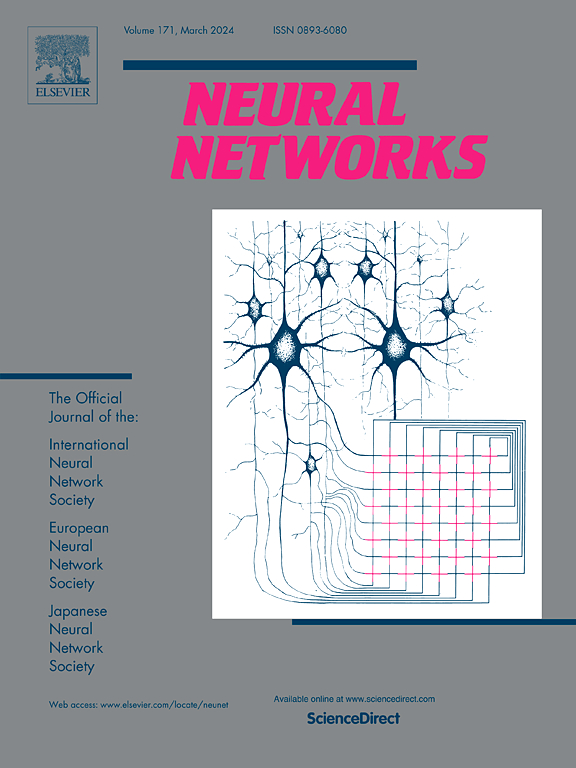BEVFix: Deep feature enhancement for robust 3D object detection
IF 6.3
1区 计算机科学
Q1 COMPUTER SCIENCE, ARTIFICIAL INTELLIGENCE
引用次数: 0
Abstract
Recent advancements in Bird’s Eye View (BEV)-based 3D object detection have highlighted its potential to enhance scene understanding in autonomous driving applications. However, existing BEV-based methods utilizing point clouds for 3D object detection face significant challenges due to inherent sparsity and noise, which often compromise the accuracy of BEV representations. Furthermore, in multimodal 3D object detection, the lack of depth information in images can lead to distortions in the image BEV features generated through view transformations, further leading to inaccuracies in the fused BEV representation. To overcome these limitations, we introduce BEVFix, an innovative end-to-end 3D object detection method designed to refine BEV representations. BEVFix starts by generating a mask based on the point cloud distribution to identify specific regions requiring repair. This is followed by our WaveRefiner, which employs Discrete Wavelet Transform (DWT) for multi-frequency decomposition and utilizes a Feed-Forward Network (FFN) to isolate noise while selectively retaining critical features. These components work synergistically to reduce noise and enhance BEV representations. Experiments on the nuScenes and Waymo datasets demonstrate that BEVFix significantly improves performance, achieving state-of-the-art results. The source code will be publicly available at https://github.com/WenxuanLi-whu/Co-Fix3d.
BEVFix:用于鲁棒3D物体检测的深度特征增强
基于鸟瞰(BEV)的3D物体检测技术的最新进展凸显了其在自动驾驶应用中增强场景理解的潜力。然而,现有的基于BEV的方法利用点云进行3D目标检测,由于固有的稀疏性和噪声,往往会影响BEV表示的准确性,因此面临着巨大的挑战。此外,在多模态3D物体检测中,图像中缺乏深度信息会导致通过视图变换生成的图像BEV特征失真,进而导致融合的BEV表示不准确。为了克服这些限制,我们引入了BEVFix,这是一种创新的端到端3D物体检测方法,旨在改进BEV表示。BEVFix首先根据点云分布生成掩模,以识别需要修复的特定区域。其次是我们的WaveRefiner,它采用离散小波变换(DWT)进行多频分解,并利用前馈网络(FFN)隔离噪声,同时选择性地保留关键特征。这些组件协同工作,以减少噪音和增强BEV表示。在nuScenes和Waymo数据集上的实验表明,BEVFix显著提高了性能,取得了最先进的结果。源代码将在https://github.com/WenxuanLi-whu/Co-Fix3d上公开提供。
本文章由计算机程序翻译,如有差异,请以英文原文为准。
求助全文
约1分钟内获得全文
求助全文
来源期刊

Neural Networks
工程技术-计算机:人工智能
CiteScore
13.90
自引率
7.70%
发文量
425
审稿时长
67 days
期刊介绍:
Neural Networks is a platform that aims to foster an international community of scholars and practitioners interested in neural networks, deep learning, and other approaches to artificial intelligence and machine learning. Our journal invites submissions covering various aspects of neural networks research, from computational neuroscience and cognitive modeling to mathematical analyses and engineering applications. By providing a forum for interdisciplinary discussions between biology and technology, we aim to encourage the development of biologically-inspired artificial intelligence.
 求助内容:
求助内容: 应助结果提醒方式:
应助结果提醒方式:


